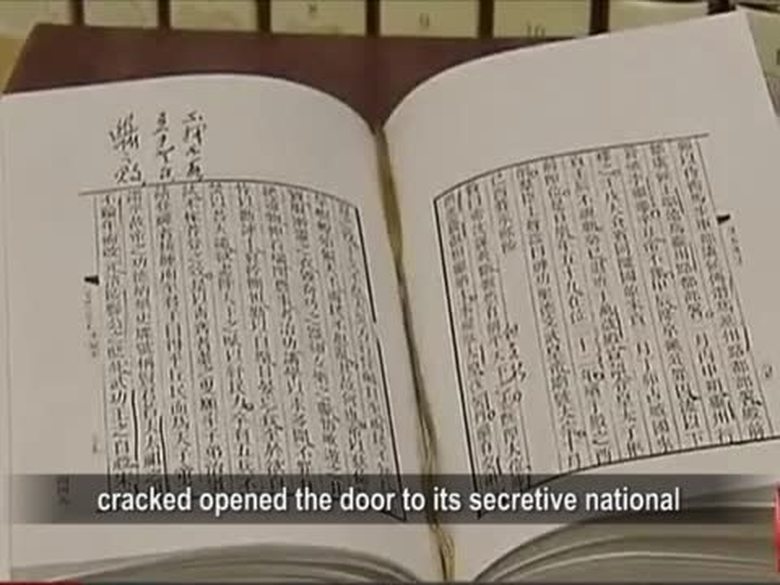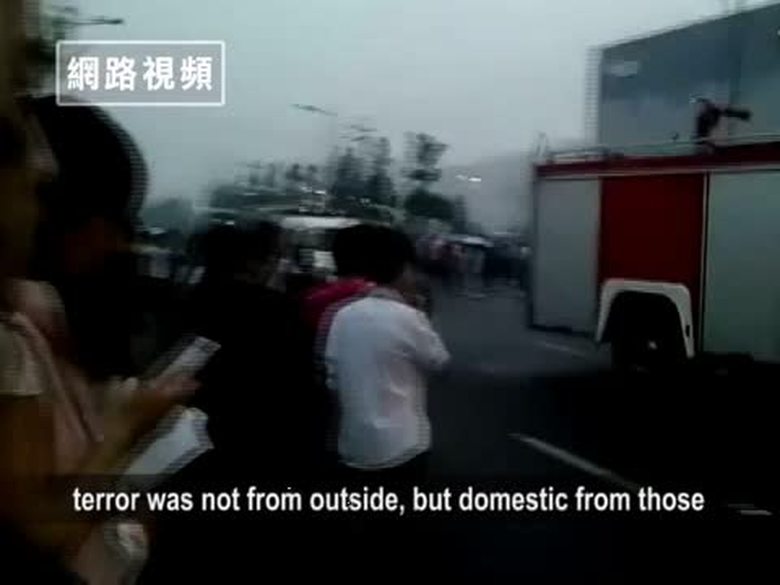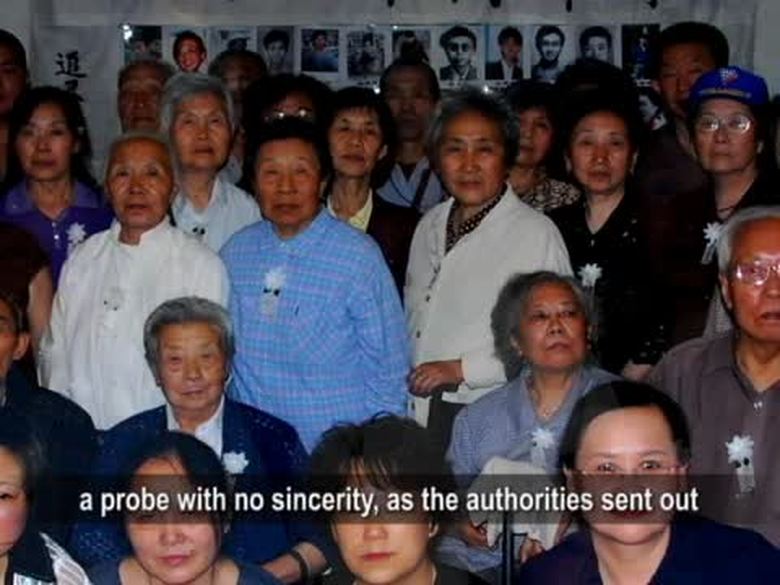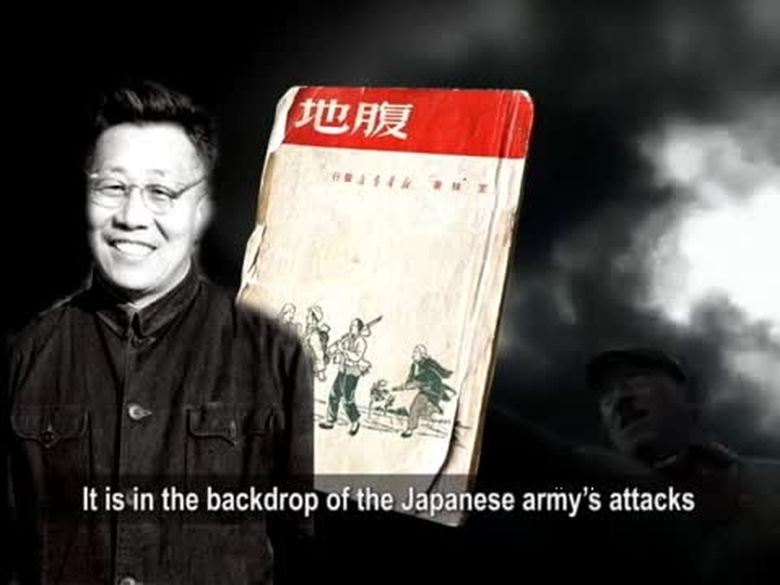【新唐人2011年6月2日訊】在「六一國際兒童節」這一天,北京東北城郊的黑橋村,有一群農民工子女擠在一間特殊的簡易教室裡上課。這間教室是用集裝箱改造的。這群孩子就是在這集裝箱裡,度過了這個屬於他們的節日。
都市裡的農民工小孩,放學的時候他們的父母還在工作,往往總是一個人在家等待父母。在善心人士的組織下,"可移動打工子弟活動中心"成立了起來,這個「非政府組織」名為"打工子弟愛心會"(CMC)。"愛心會"希望農民工的孩子們在放學之後,能有一個學習和活動的場所。
《路透社》記者實際走訪了這個組織,澳大利亞籍華人經理Yin Chia向記者表示:“一旦城市規劃需要拆遷的話,只要跟隨拆遷戶把集裝箱運走就可以了。”
報導說,這些孩子都是中國“流動人口”農民工的子女。他們沒有北京戶口,也就無權享受免費的公立學校教育。而民辦的「農民工子弟學校」經常因為城鎮各種開發計劃,很容易面臨突然拆遷的命運。另外,Chia說:“在農民工學校,每個班的人數往往太多,資源有限,學生得不到應有的關注。”
這就是為何“打工子弟愛心會”決定採用非常規的方式,用集裝箱建造孩子們的活動中心。
“集裝箱教室”的所有項目和課程都是免費的,因此很受孩子們的歡迎。這裡的課外活動限招200名學生,但籃球場和運動設施向所有人開放。
9歲的學生李建靜(音)說:學校老師給學生留的晚間作業好難。在這兒,有不會的問題可以問這裡的老師。
農民工建設了現代化的北京,但他們的居住區仍在城市開發中風雨飄搖。北京東北五環外的崔各莊曾經聚集了不下三萬人,其中絕大多數是農民工及其家屬。由於當地政府進行城鎮化改造,附近五個村的七所農民工子弟學校被迫關閉。
去年在整個北京,大約有30所農民工子弟學校受到各種開發計劃的威脅,影響了一萬名學生。
中共當局估計,2010年全國有2億6千多萬農民工。可是這些農民工的孩子跟隨父母漂流在城市裡,卻面臨就學難的問題。
"民生觀察網"創始人劉飛躍長期關注民工問題。他向《德國之聲》介紹說,這些農民工子弟小學得不到政府的支持,師資水準也難以保障,孩子們即便成績優異,也無法升入公立高中就讀。一些孩子因此而失去讀書的動力。
《路透社》的報導也提到,以黑橋的民辦學校為例,有很多孩子在十四、五歲的時候就輟學了,跟隨父母做那種長時間勞作但薪水很低的工作。
中國的 “戶口”制度,把一國公民劃分為城鎮居民和農村居民,而且是一種世襲式的制度。城鎮居民優先享受戶口所在地的教育、醫療和住房方面的補貼,而農民工這些所謂的“局外人”,則受到多種限制,常常需要付出比城鎮戶口持有人高出很多的代價,才能享受到應有的公民福利。
"打工子弟愛心會"希望通過民間的力量幫助這些農民工孩子。他們已經在中國開設了六個集裝箱改造的"可移動活動中心"。
新唐人記者周平、蕭宇綜合報導。
Shipping Container Classrooms
On June 1 International Children』s Day,
in the northeast suburb of Beijing, a group
of migrant worker』s children were having their class
in a classroom converted from a shipping container.
In that container they spent even their Children』s day.
After school, urban migrant worker』s children
usually stay at home waiting for their parents,
who work long hours. The NGO “CMC” organizes
a “portable activity center for migrant kids.”
CMC wishes the migrant worker』s children
had a place to study and play after school.
Reuters visited CMC. Its Chinese-Australian tender
Yin Chia said, “In case of demolition or relocation,
the container can be easily moved along.”
Reuters said, they are all migrant workers』 children
who do not have a residency certificate in Beijing,
so they are not entitled to free public education.
The migrant schools for these children often run
into demolition and moving problems
due to city construction. Also, Chia said,
“In the migrant schools the classes are too big
and students can access limited resources.”
Thus CMC resorted to this unusual way to build
an activity center within a shipping container.
The “Container Classroom” is free to the children.
It is quite popular among the migrant children.
Its extracurricular activities have a quota of 200,
but its sports facilities are open to the general public.
Student Li Jianjing, 9, said: “The evening homework
is quite difficult, but I can ask the teacher here.”
Migrant workers help build a modern Beijing,
but their residences are the most vulnerable.
Outside the 5th ring road of Beijing used to gather
30,000+ migrant workers. Due to city development
7 migrant schools were forced to close there.
In 2010, Beijing had 30 migrant schools closed down
due to development plans, affecting 10,000 students.
Authorities estimated that in 2010 China had
260M migrant workers. These workers』 children
are faced with the problem of going to school.
Founder of the 『Livelihood Observation Network,』
Liu Feiyue has long followed the migrants』 issues.
He told Deutsche Welle that these schools
are not supported by the government,
and the teaching quality can not be guaranteed.
Even if a student has excellent grades,
he would still be unable to enter a public school.
A Reuters report said that many migrant children
quit school at an age of 14-15, and then follow
their parents to do low-income labor work.
China』s residency policy automatically separates
citizens into urban and rural residents.
This residency policy is inheritable. Urban residents
can enjoy benefits of education, healthcare, housing,
but rural residents are not entitled to those.
Migrant workers often have to spend much more
in order to obtain the urban residents』 benefits.
CMC wishes to help migrants』 children in China
by grassroots power. They have established
six such centers from shipping containers so far.
NTD reporters Zhou Ping and Xiao Yu
看下一集

【禁聞】私了六四 天安門母親拒分化

【禁聞】六四將屆 嚴禁軍人網上交友

【禁聞論壇】中國外匯儲備損失了多少?

【禁聞】先射箭再畫靶心 評艾未未偷漏稅

【禁聞】紅色魔影籠罩中國 毛主義捲土重來

【禁聞】內蒙戒嚴持續 政府學校重兵把守

【禁聞】谷歌遭黑客「釣魚」 美:戰爭行為

【禁聞】世界媒體:六四真相還要等多久

【禁聞】法媒:絕望恐怖主義者挑戰北京

【禁聞】英華人白菊祭六四 郎朗拒彈安魂曲

【禁聞】六四22週年 北京嚴控紀念活動

【禁聞】共產黨不能說的真相:“腹地”

【禁聞】朱鎔基裝傻!學者揭秘圈地熱

【禁聞】世界聚焦:白宮查黑客 操縱者誰?

【禁言博客】重慶的豬兒為甚麽也這樣紅

【禁聞】谷歌被駭 全球掀網絡博奕戰








